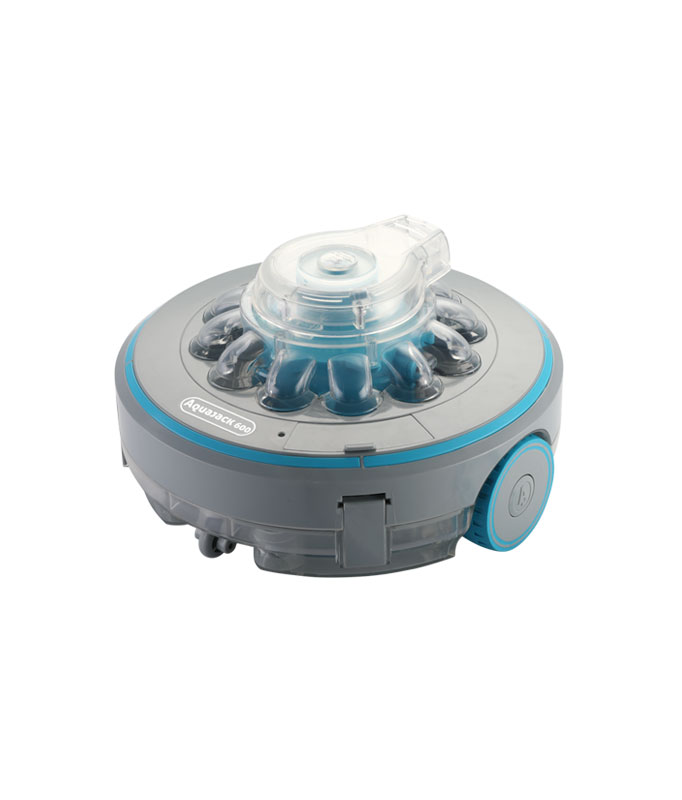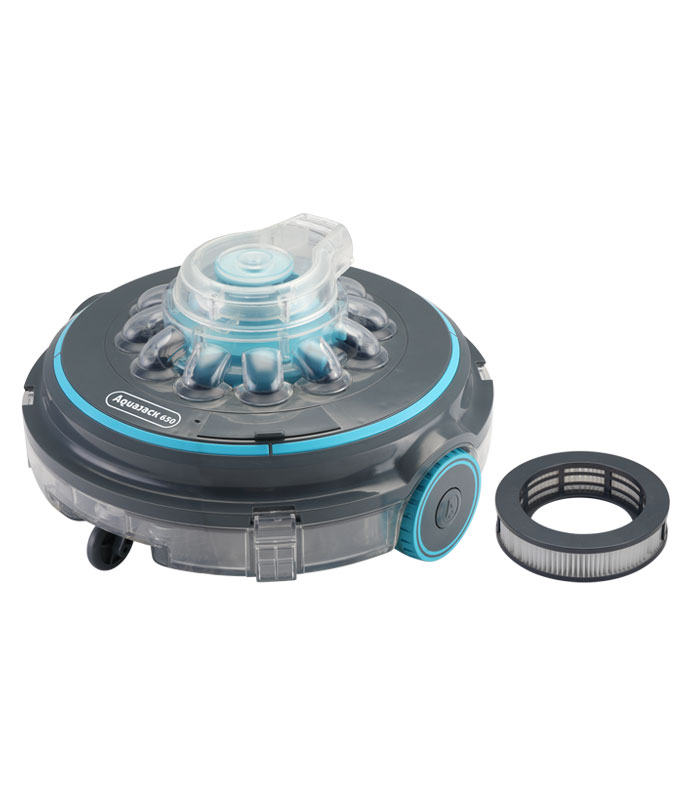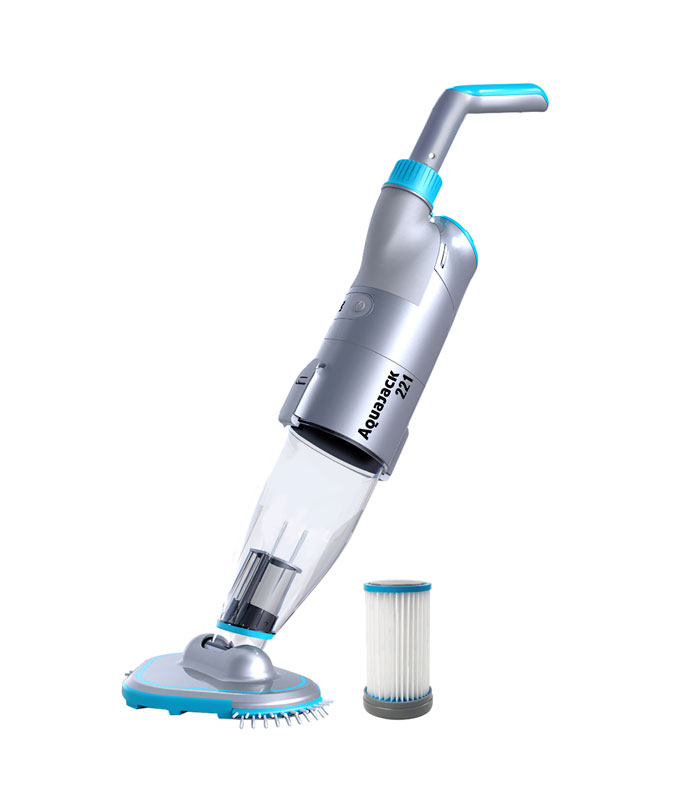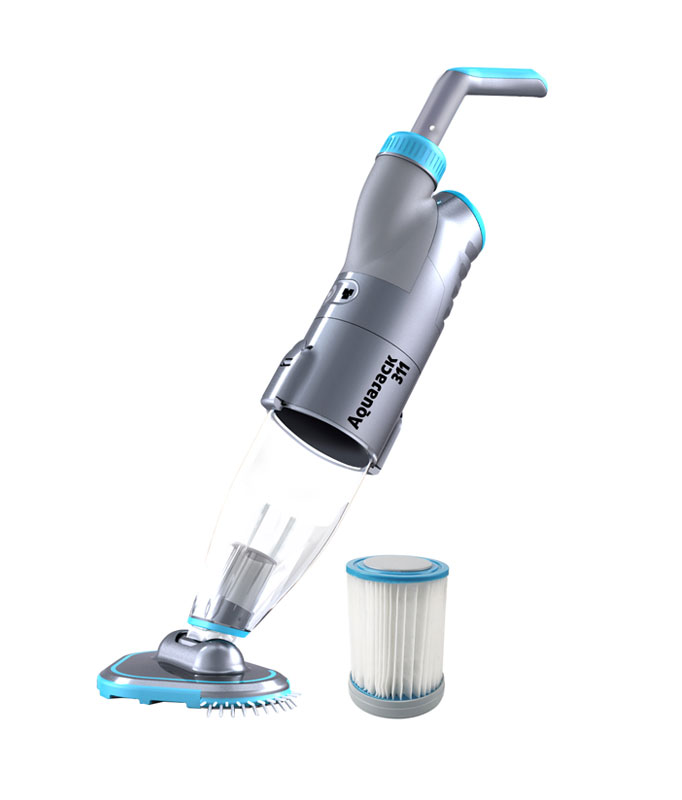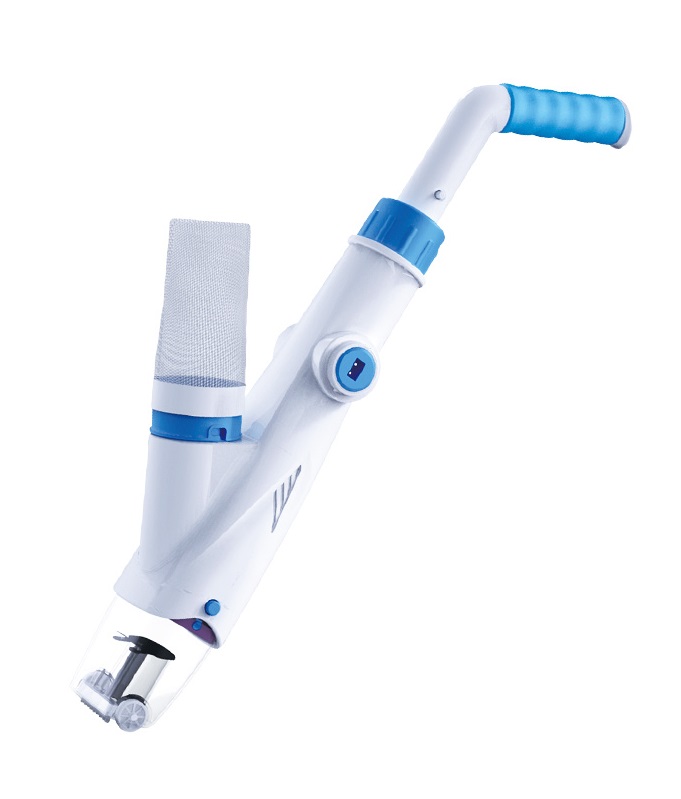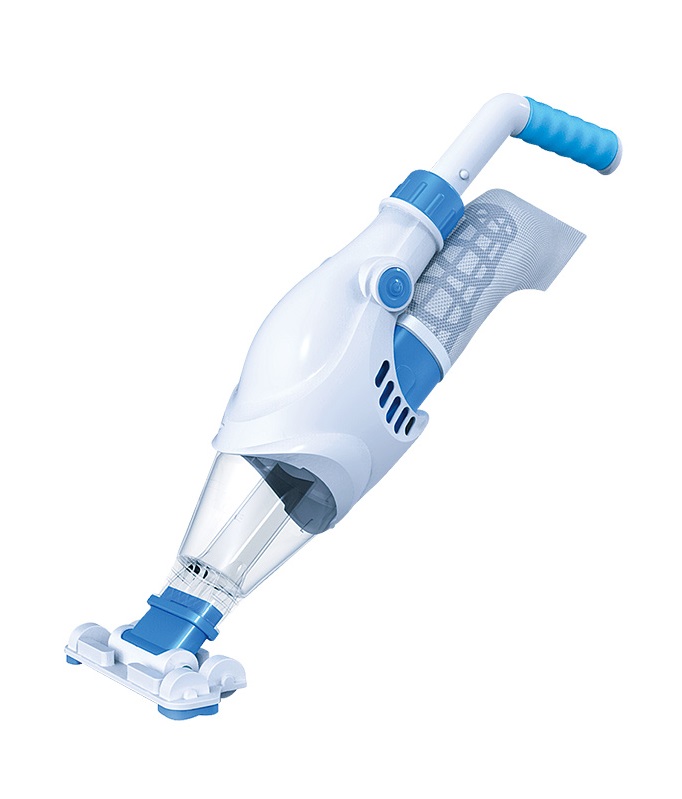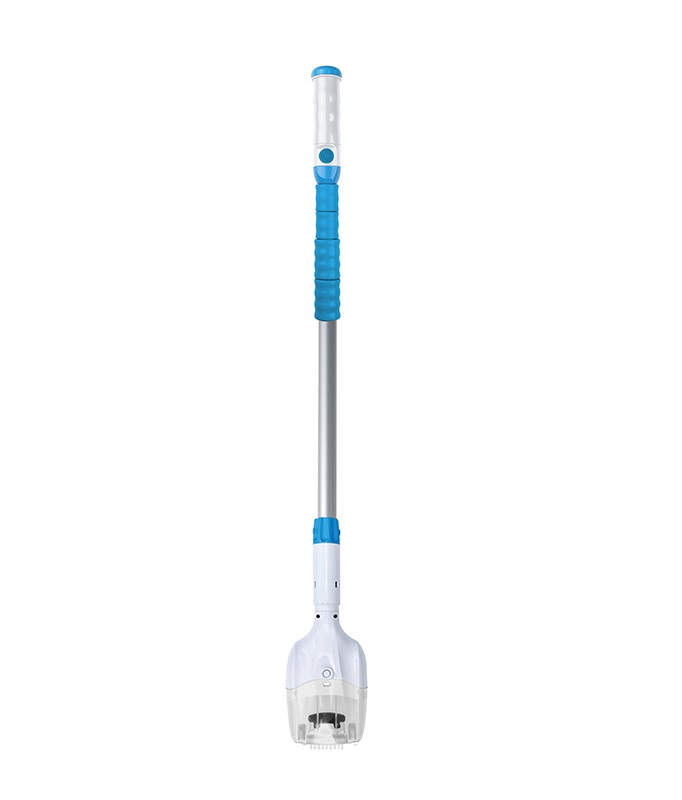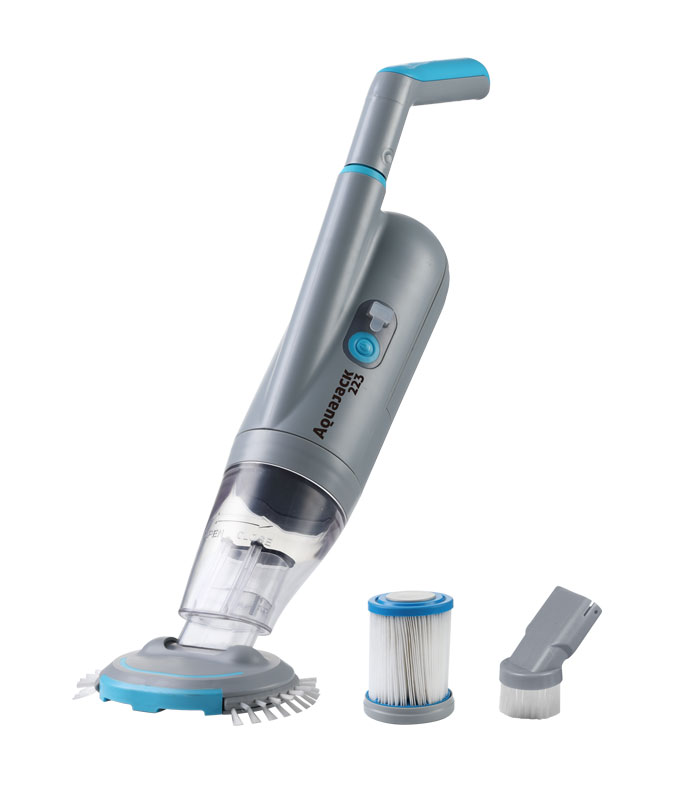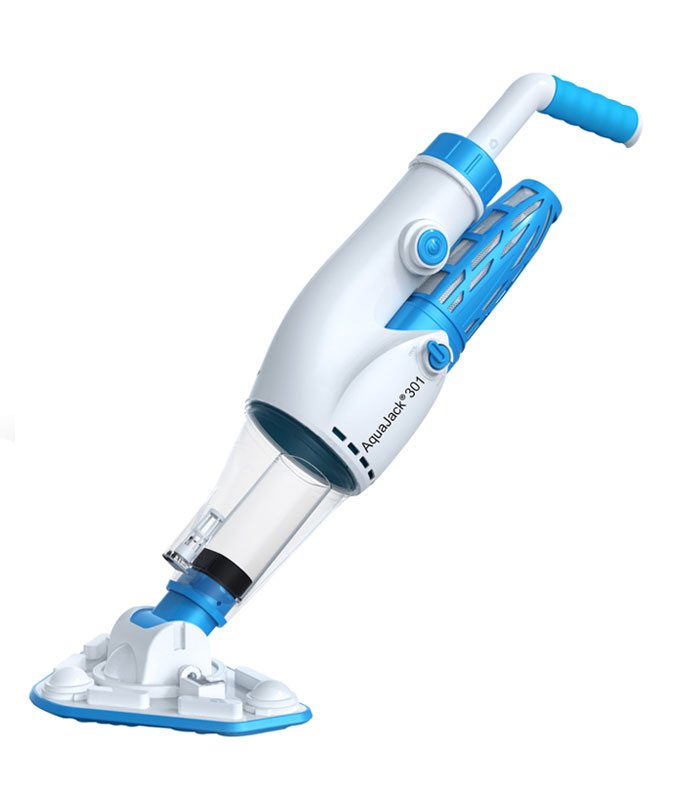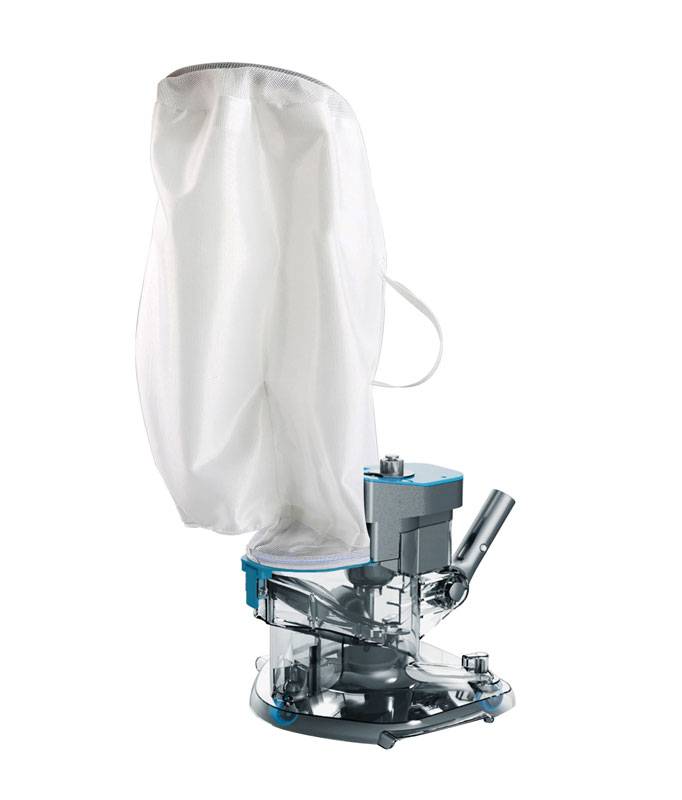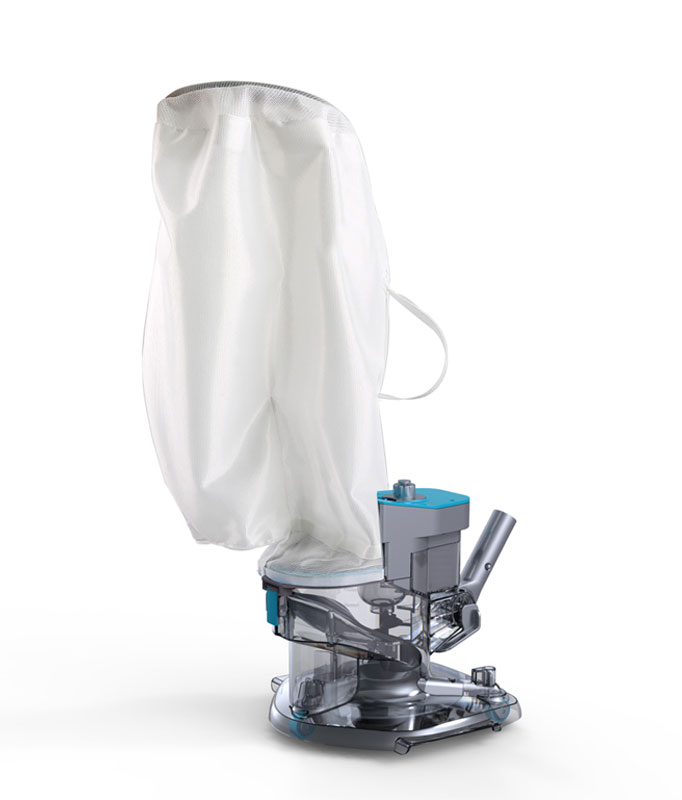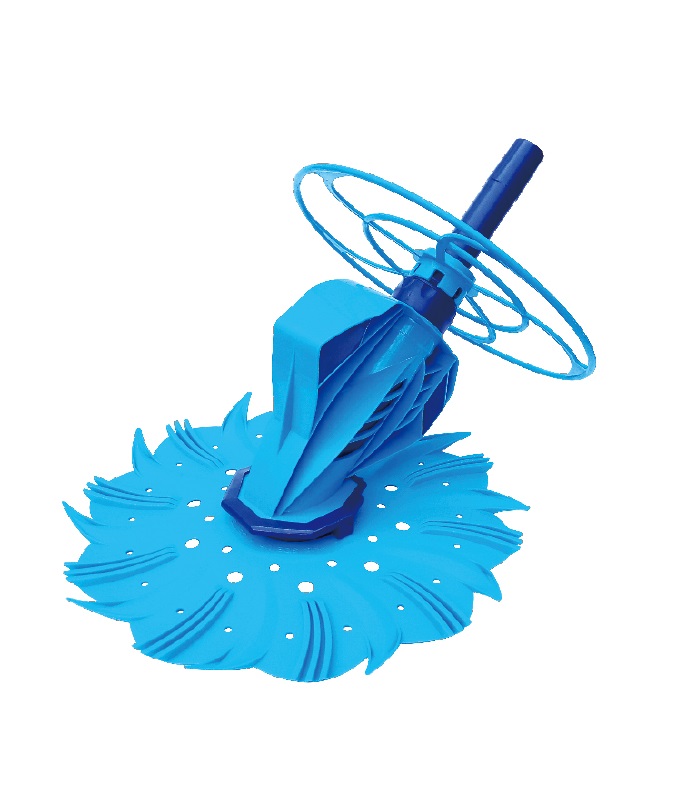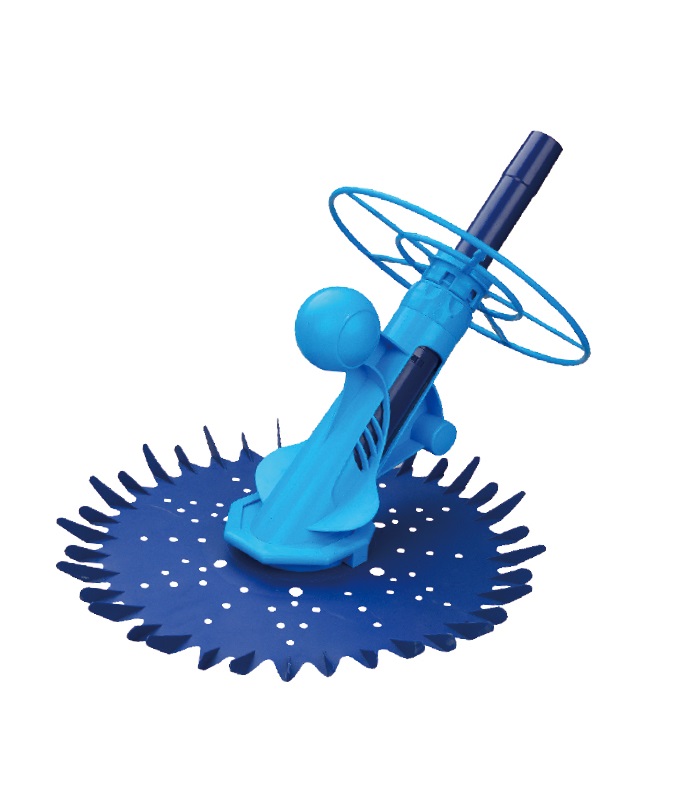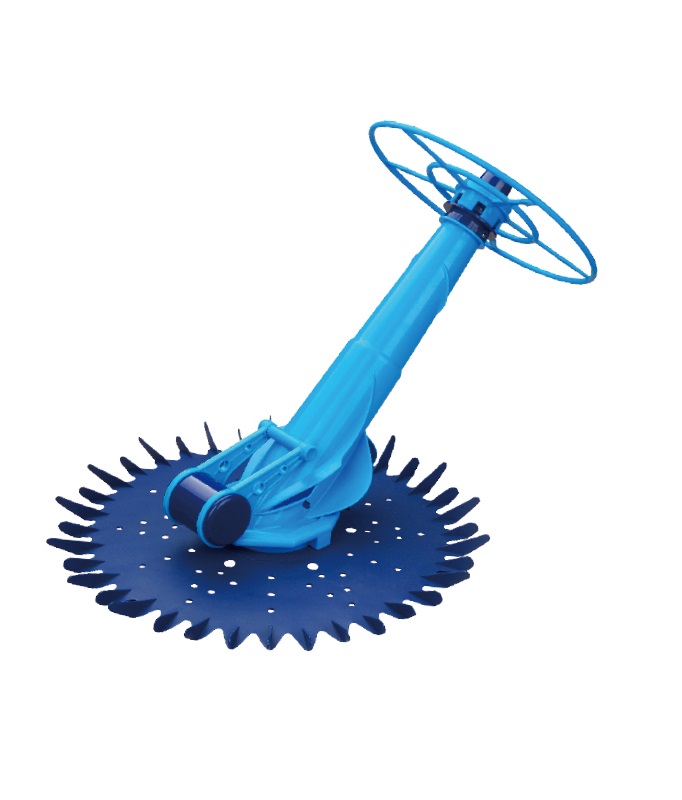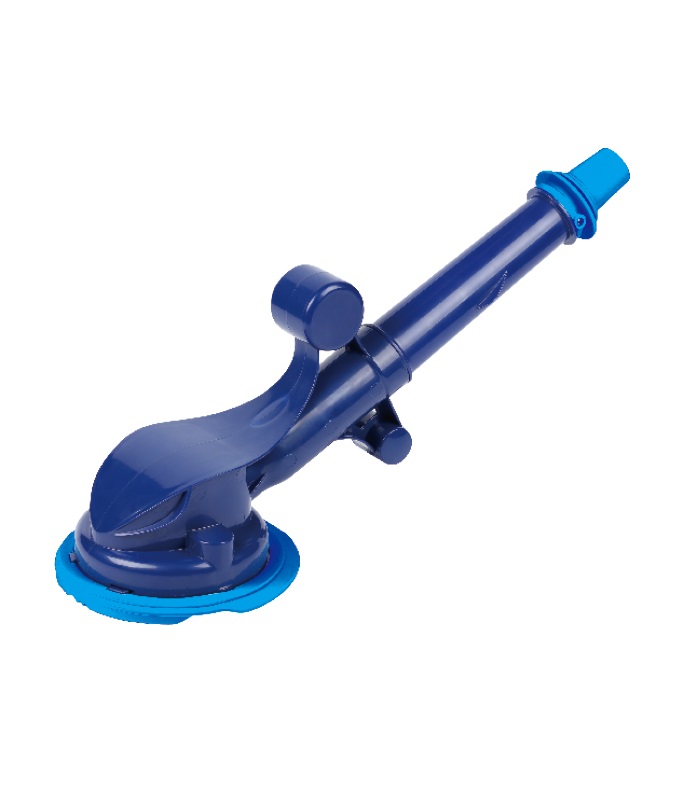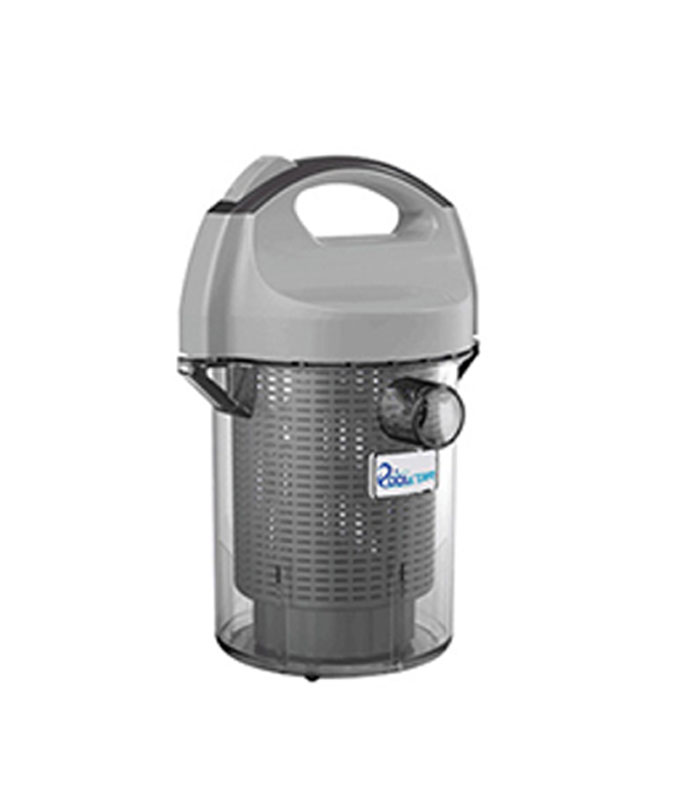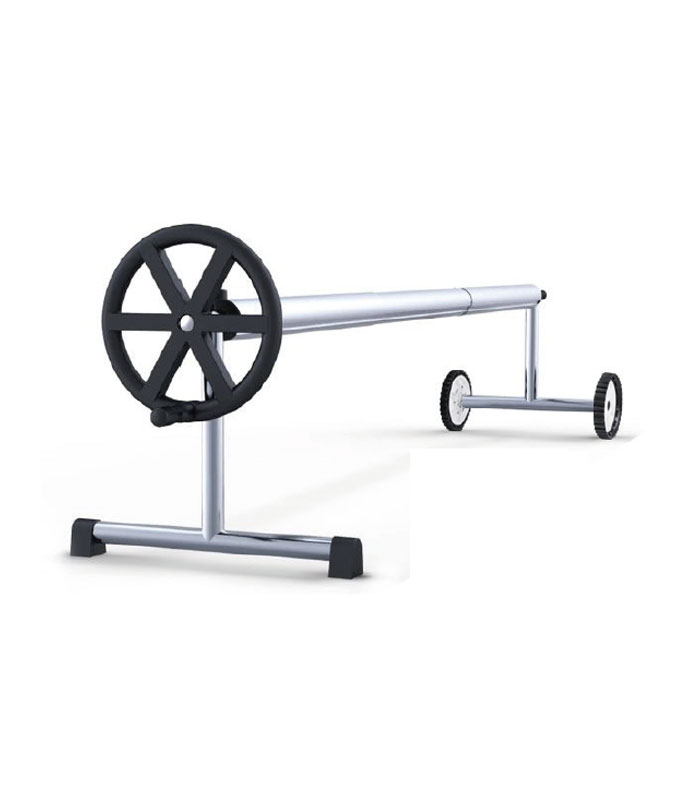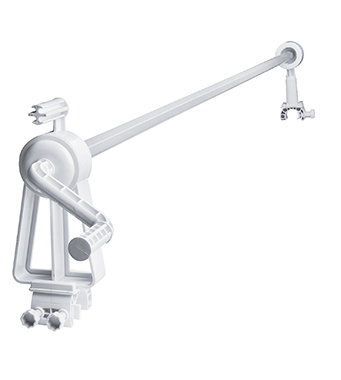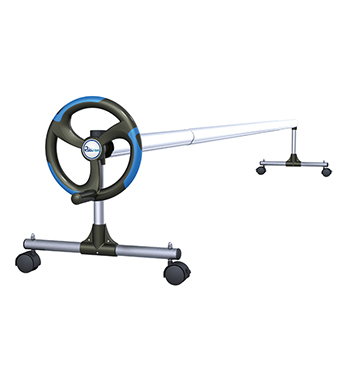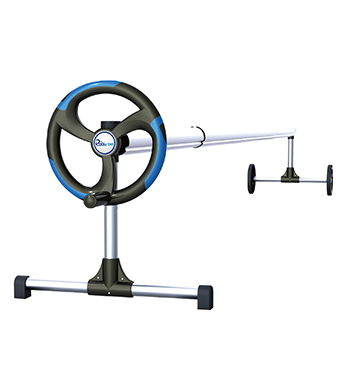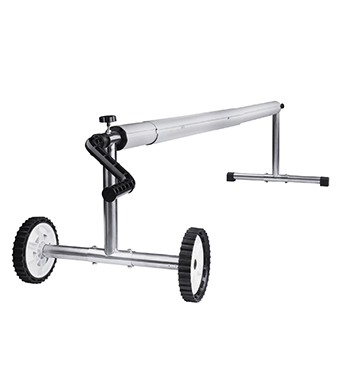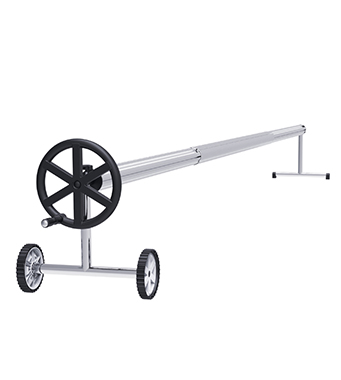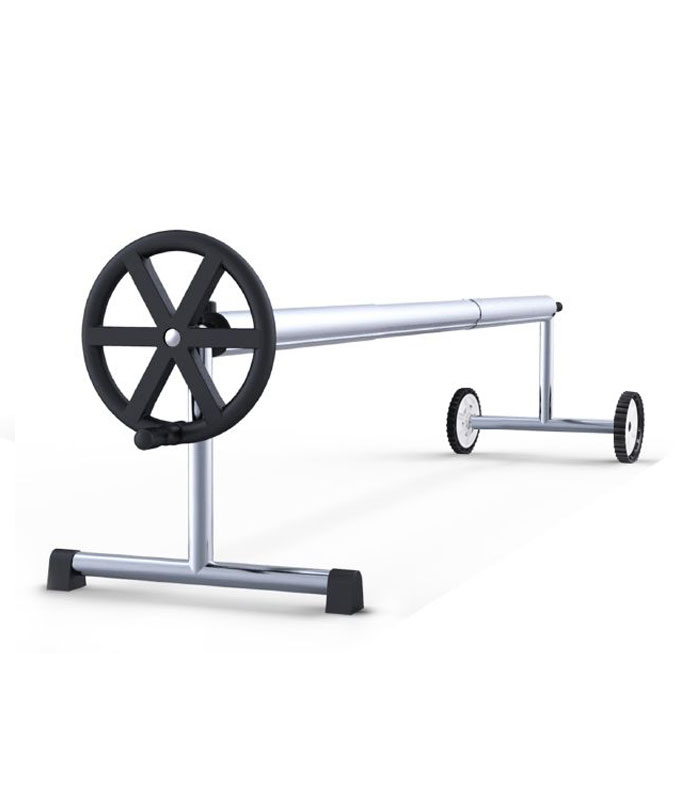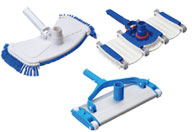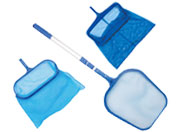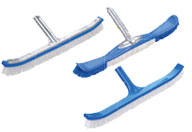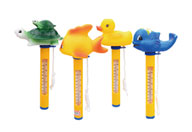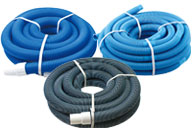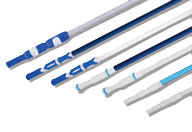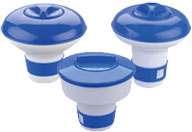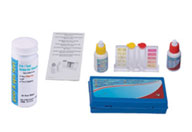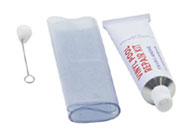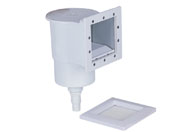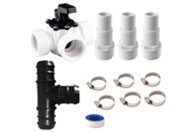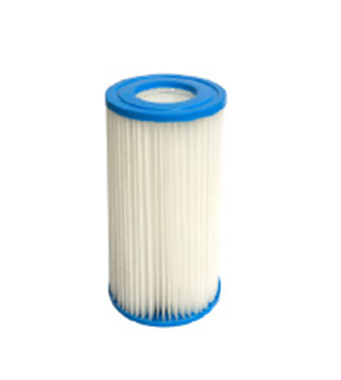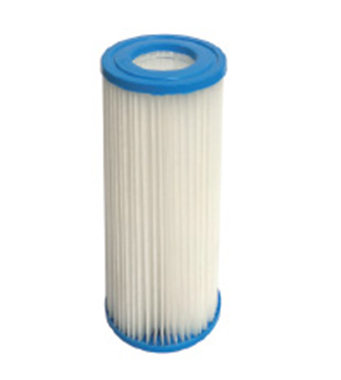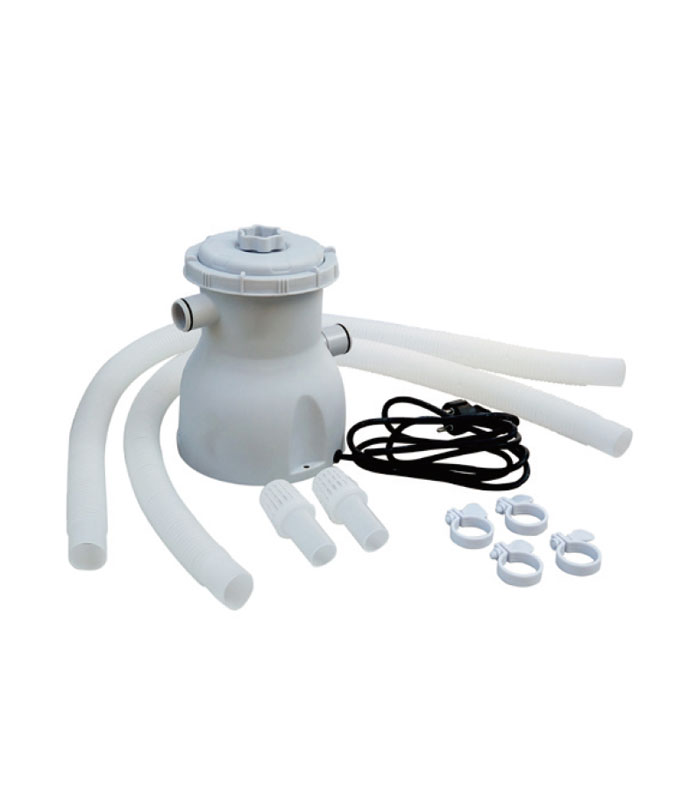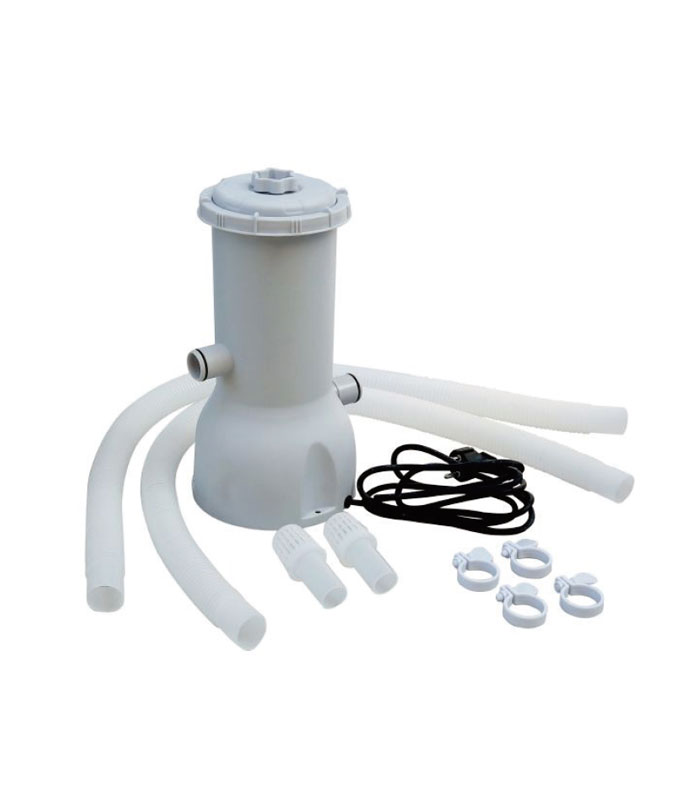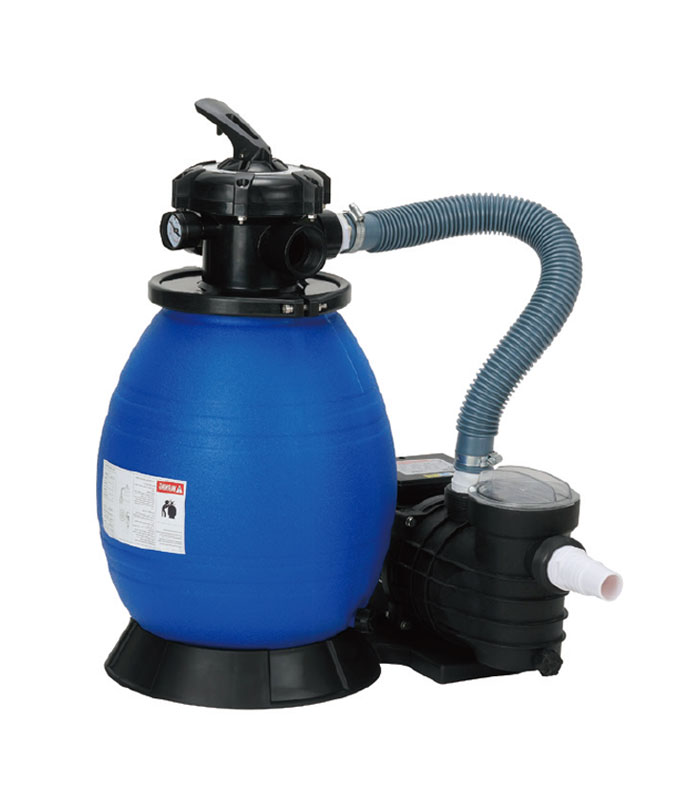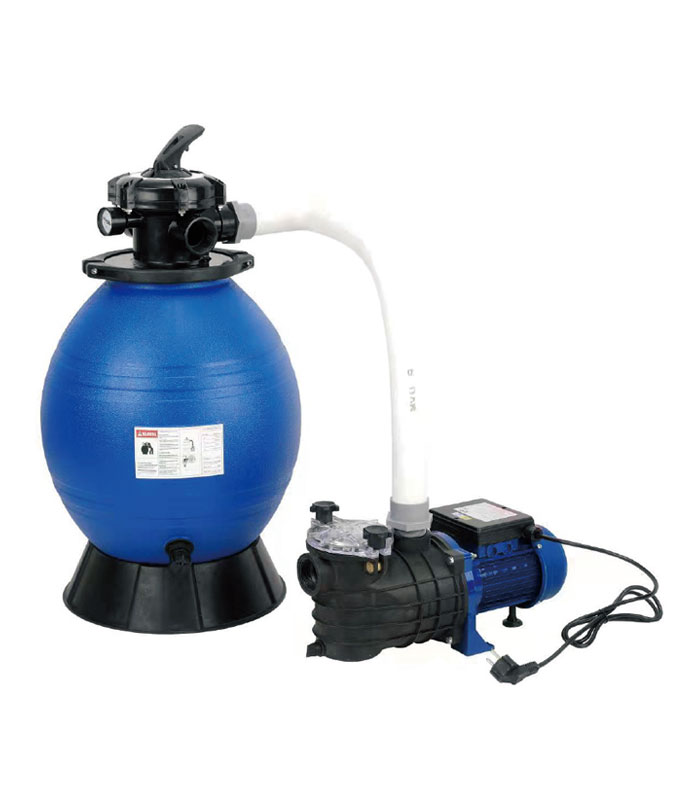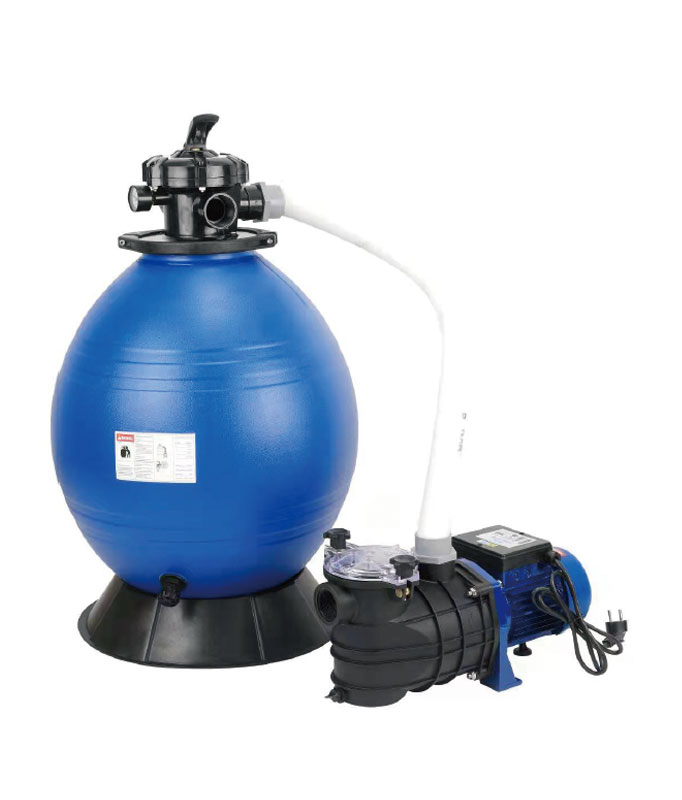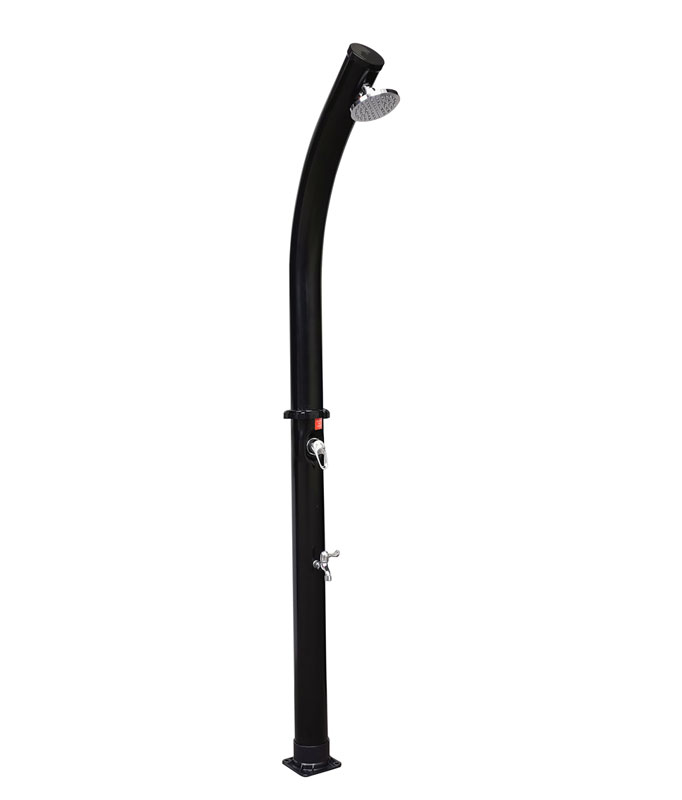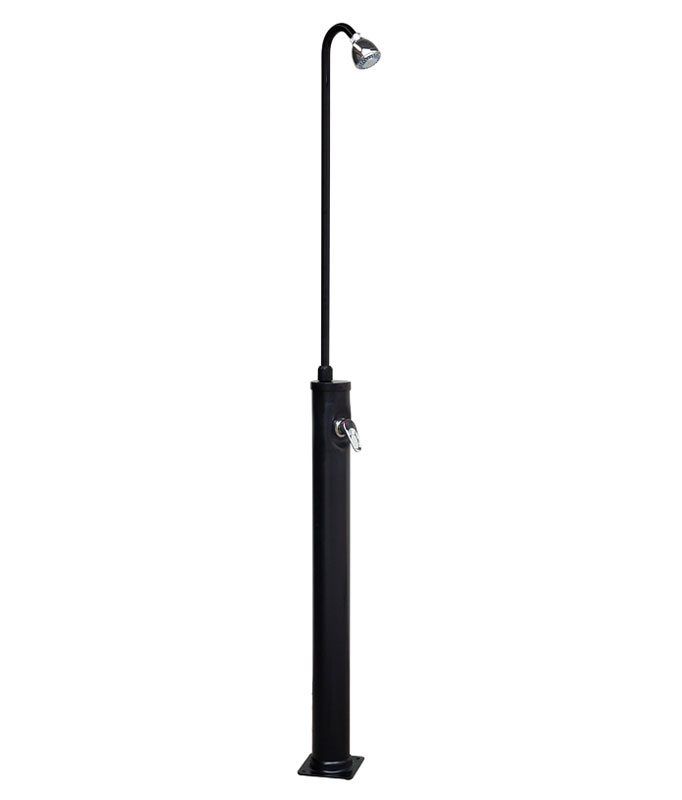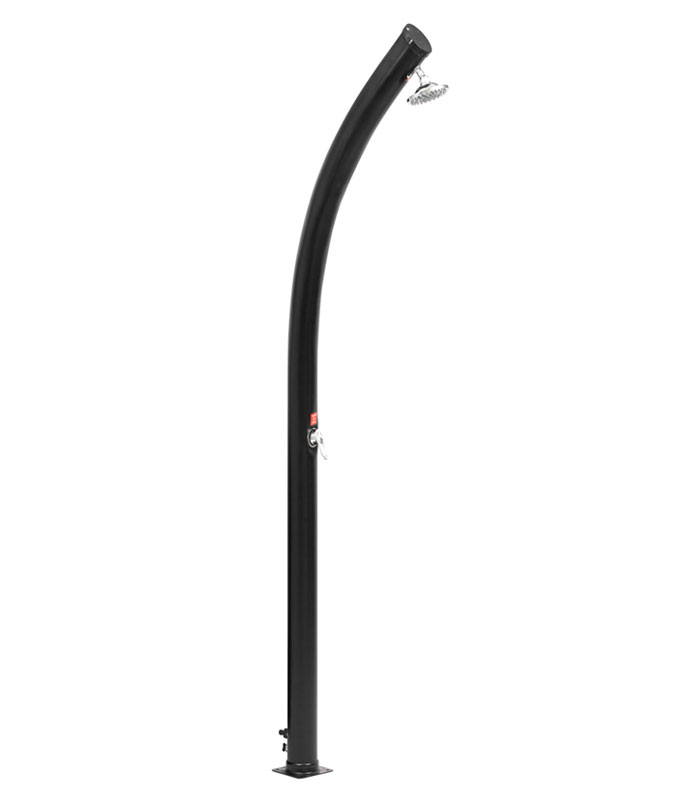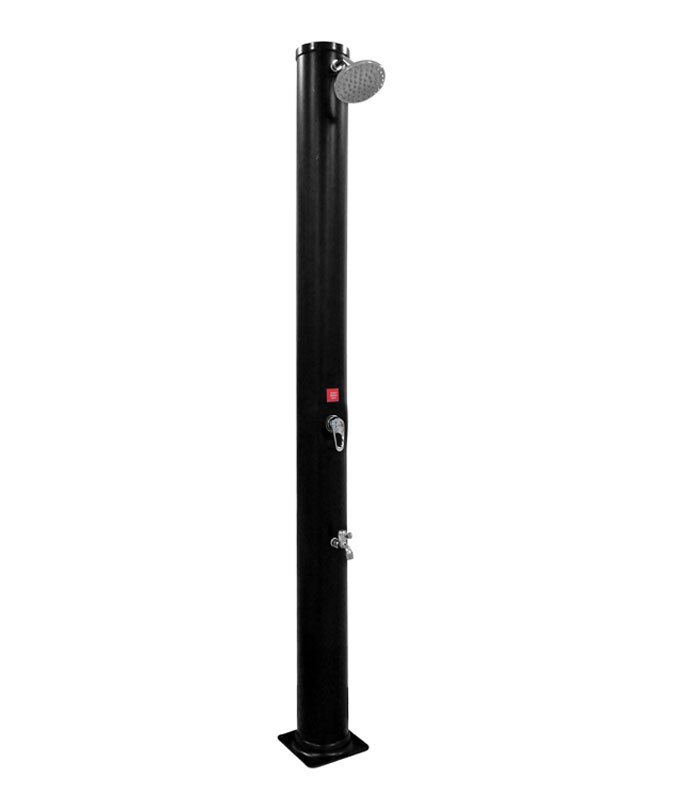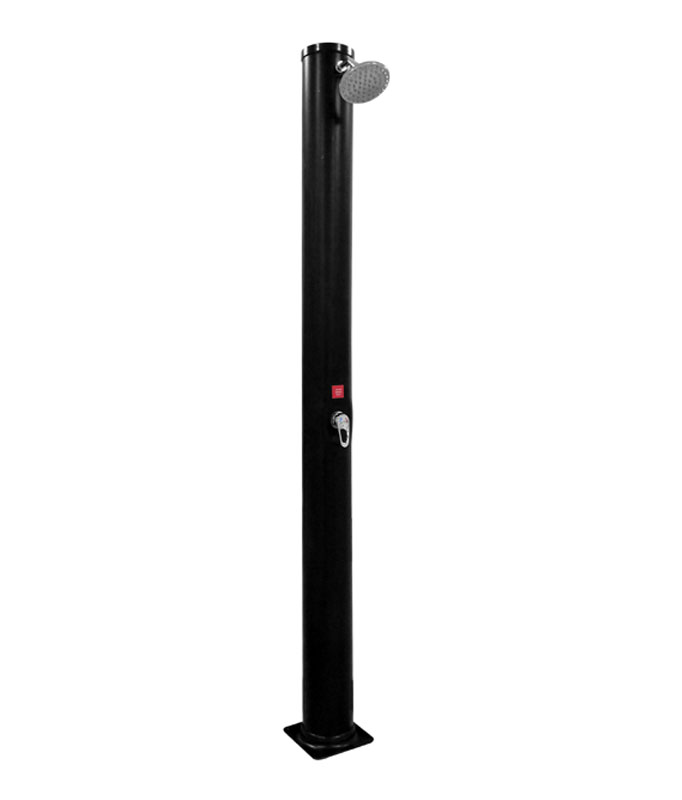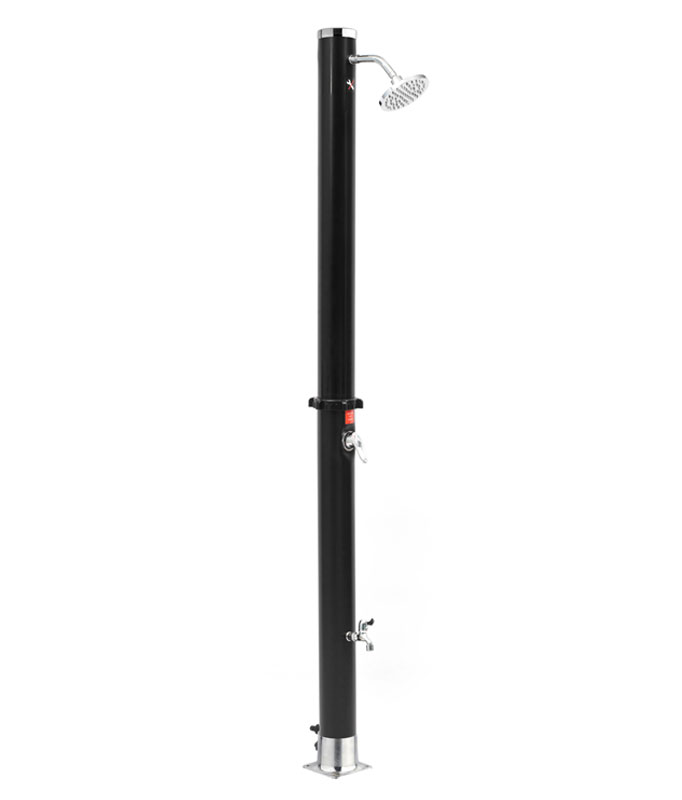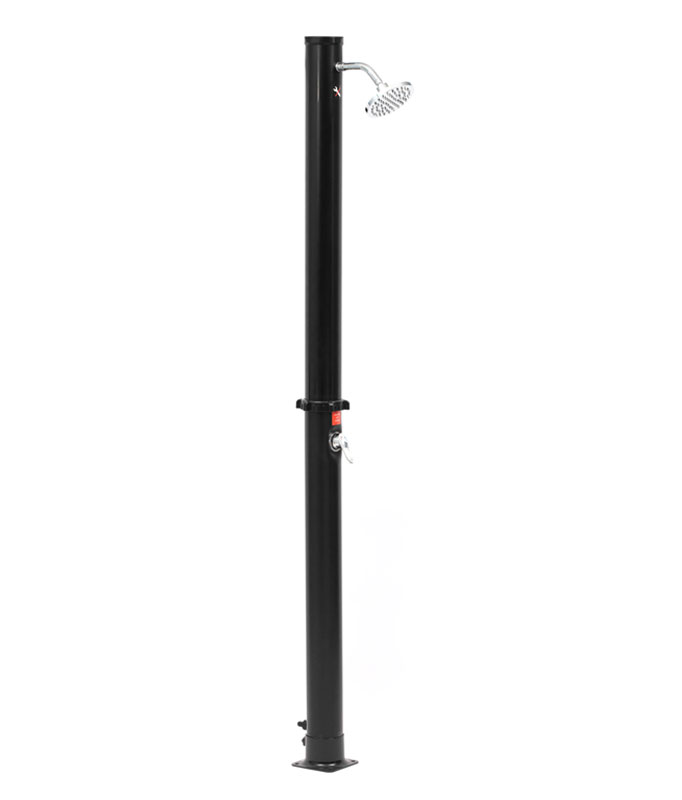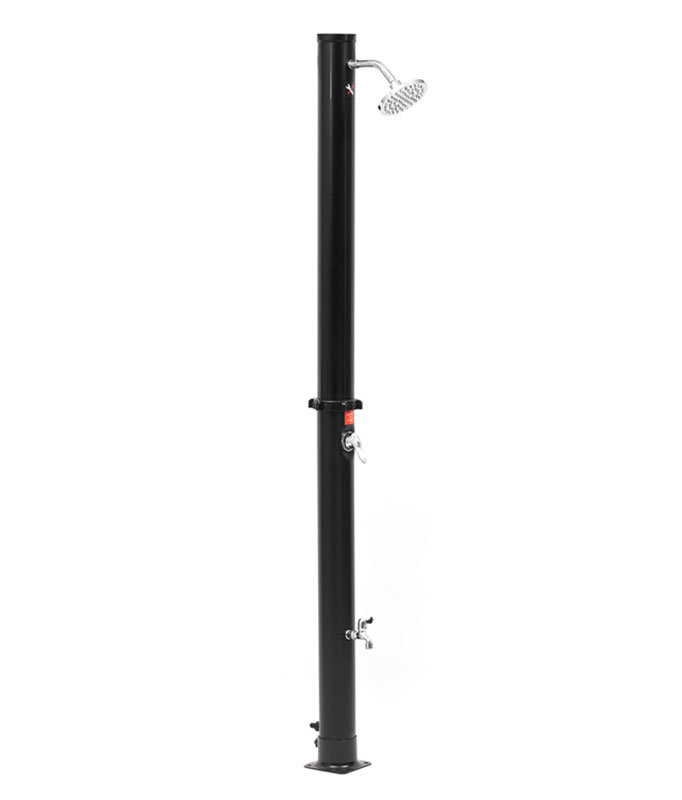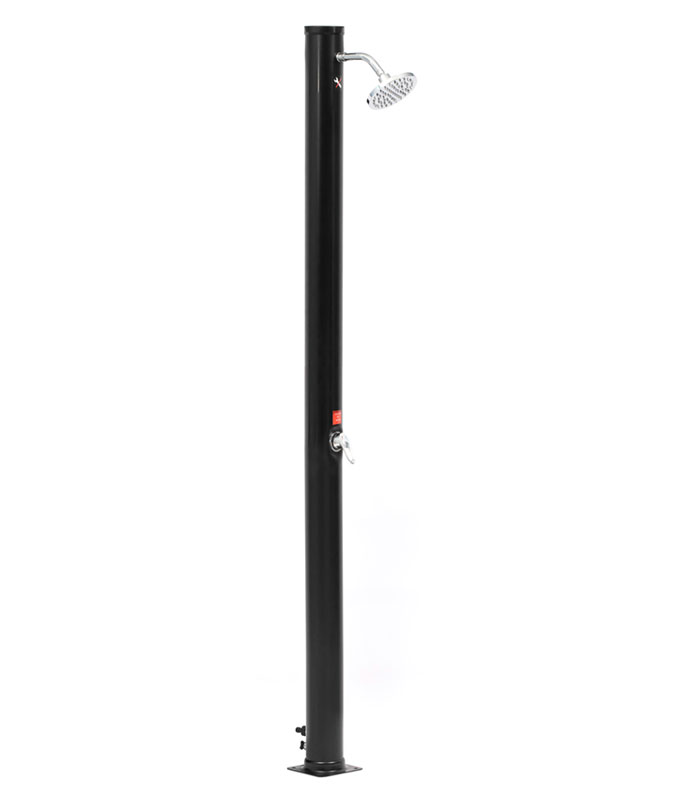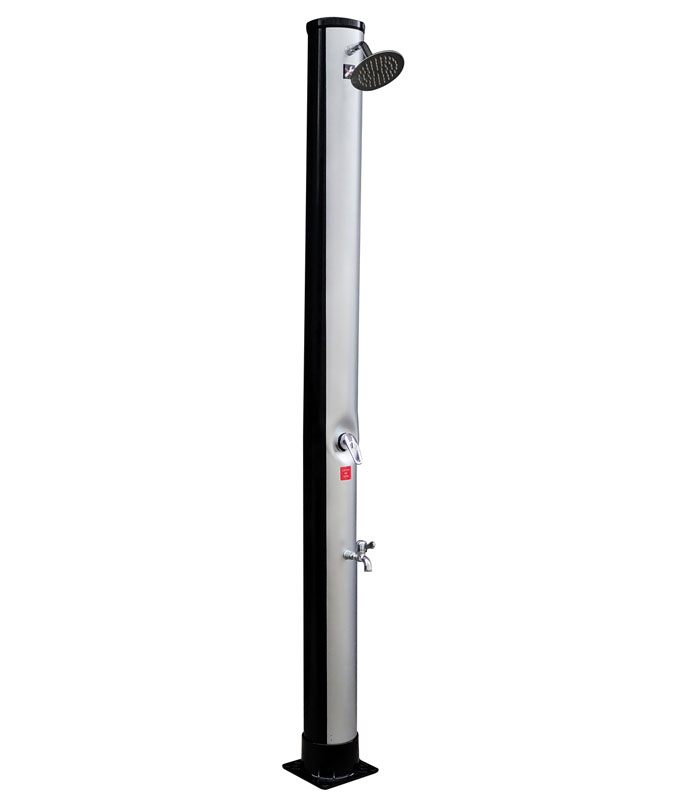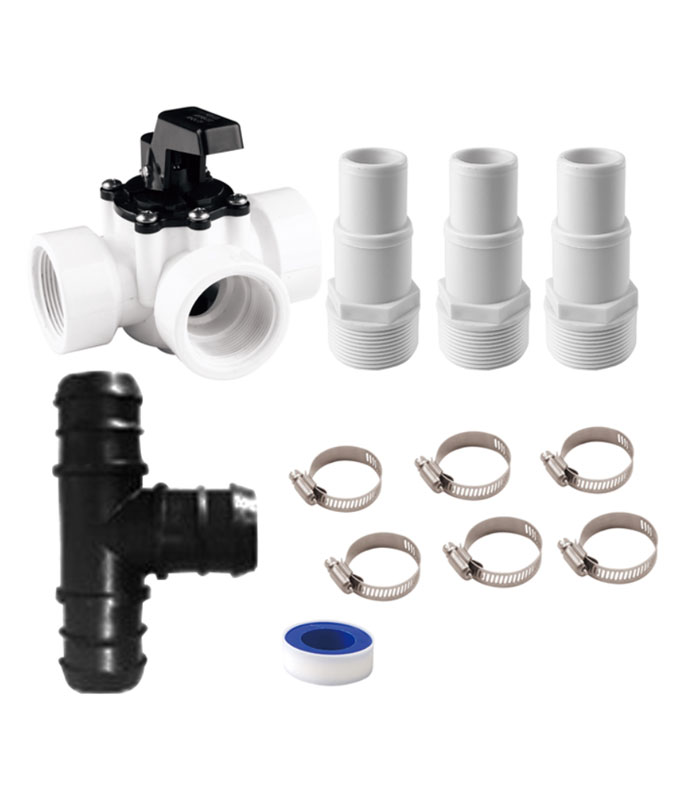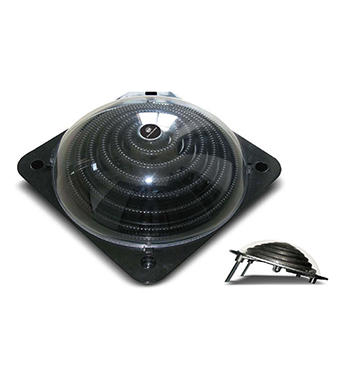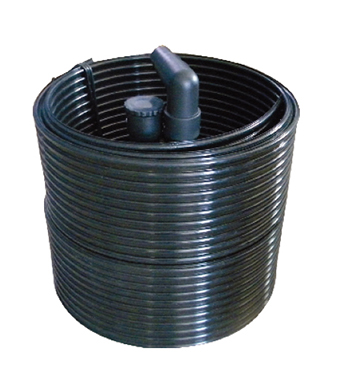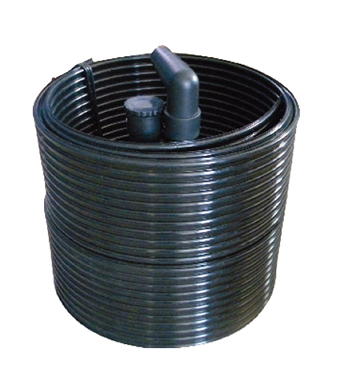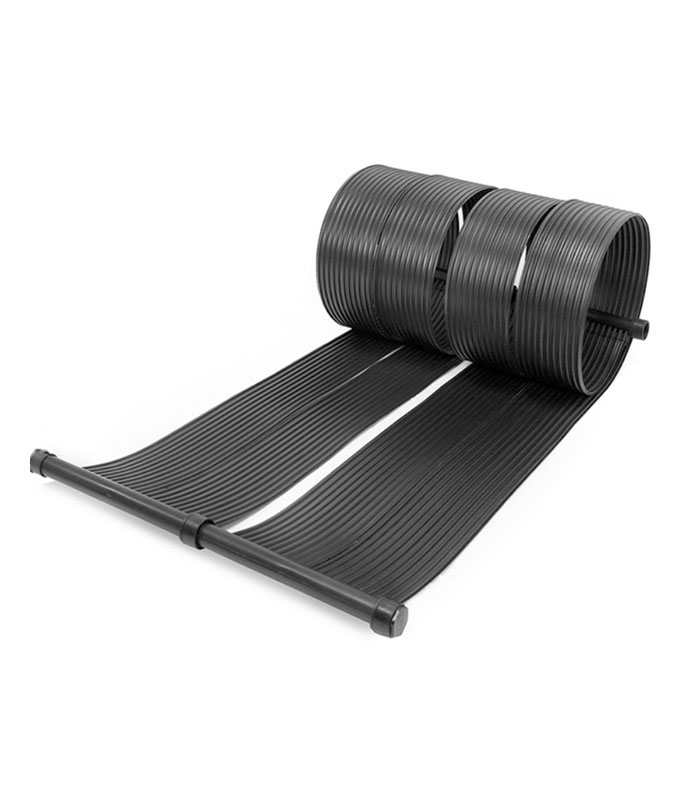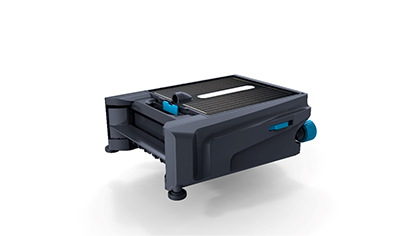
In the world of robotic pool cleaners, 2024 has become the year of navigation wars. While suction power and brush design remain critical, the true battleground lies in how these devices "see" and map your pool. Two technologies dominate the market: LiDAR (Light Detection and Ranging) and Gyroscopic Navigation. From precision mapping to budget-friendly reliability, this deep dive explores which system reigns supreme—and why your pool’s shape, size, and quirks might dictate the winner.
Key Takeaways
- LiDAR Pros: Pinpoint accuracy, 3D mapping, superior for complex pools.
- Gyroscopic Pros: Affordable, reliable in simple layouts, longer lifespan.
- Price Gap: LiDAR models cost 30–50% more than gyroscopic counterparts.
- Battery Impact: LiDAR drains 15–20% faster due to active scanning.
- Future Trends: Hybrid systems and AI learning are merging both worlds.
1. How They Work: The Tech Behind the Clean
LiDAR: The Laser Whisperer
LiDAR-equipped cleaners (e.g., Dolphin Triton PS, Aiper Orbit) emit rapid laser pulses to create real-time 3D maps. Here’s the breakdown:
- Pulse Emission: 300,000+ laser points/sec scan the pool’s surfaces.
- Time-of-Flight Calculation: Measures how long light takes to bounce back.
- 3D Map Generation: Builds a digital twin of your pool, including stairs, slopes, and obstacles.
Advantages:
- Detects objects as small as 2cm (e.g., Lego pieces, earrings).
- Adapts to irregular shapes (kidney pools, infinity edges).
- Self-updates maps if pool layout changes (e.g., new steps).
Limitations:
- Struggles with murky water (algae blooms reduce accuracy).
- Higher power consumption (20–25W vs. gyroscopic 12–15W).
Gyroscopic: The Spin Doctor
Gyroscopic systems (e.g., Polaris F9550, Zodiac MX8) rely on internal sensors to track movement:
- Internal Gyroscope: Measures angular velocity to track direction.
- Accelerometer: Detects incline/decline for wall climbing.
- Pre-Programmed Patterns: Spirals, zig-zags, or random paths.
Advantages:
- Performs well in cloudy water (no visual reliance).
- Lower cost (simpler hardware).
- Longer battery life (up to 4 hours vs. LiDAR’s 2.5–3 hours).
Limitations:
- Blind to obstacles (may get stuck on hose coils or toys).
- Repetitive cleaning patterns (up to 30% overlap).
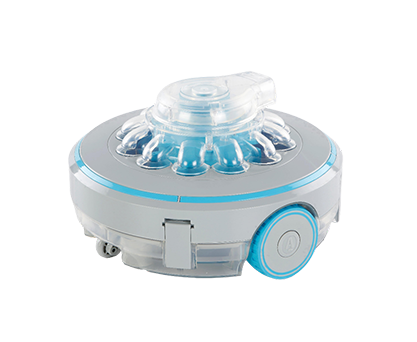
2. Head-to-Head: Performance Metrics
|
Metric |
LiDAR (Dolphin Triton PS) |
Gyroscopic (Polaris F9550) |
|
Coverage Efficiency |
98% (no overlap) |
82% (15–20% overlap) |
|
Obstacle Avoidance |
95% accuracy |
60% accuracy |
|
Battery Life |
2.5 hours |
3.75 hours |
|
Price |
$1,299 |
$899 |
|
Best For |
Complex pools, tight spaces |
Rectangular pools, open areas |
3. Real-World Testing: Case Studies
Case 1: Freeform Pool with Waterfall
- Pool: Kidney-shaped, 1,200 sq.ft, with rock waterfall.
- LiDAR Cleaner (Aiper Orbit):
- Mapped pool in 8 mins.
- Avoided rocks, cleaned behind waterfall.
- Total time: 1h 45m.
- Gyroscopic Cleaner (Zodiac MX8):
- Got stuck behind waterfall twice.
- Missed 20% of curved edges.
- Total time: 2h 10m.
Verdict: LiDAR won but cost 40% more.
Case 2: Simple Rectangular Pool
- Pool: 800 sq.ft rectangle, minimal obstacles.
- LiDAR (Dolphin Triton PS):
- Flawless cleaning but only 5% faster than gyroscopic.
- 25% pricier.
- Gyroscopic (Polaris F9550):
- Completed job in 2h 10m.
- No issues, 30% cheaper.
Verdict: Gyroscopic offered better value.
4. User Scenarios: Which Tech Fits Your Pool?
Choose LiDAR If...
- Your pool has irregular shapes, tight corners, or many obstacles.
- You want set-and-forget automation (e.g., vacation homes).
- Budget isn’t a constraint.
Top 2024 LiDAR Models:
- Dolphin Triton PS ($1,299): Best for large, complex pools.
- Aiper Orbit ($999): Affordable 3D mapping for mid-sized pools.
Choose Gyroscopic If...
- Your pool is simple (rectangular/oval) with few obstacles.
- You prioritize battery life and affordability.
- You don’t mind occasional manual rescues.
Top 2024 Gyroscopic Models:
- Polaris F9550 Sport ($899): King of reliability.
- Hayward RC9740 ($749): Budget warrior.
5. The Future: Hybrid Systems & AI Learning
Hybrid Navigation (LiDAR + Gyro)
2025 models like the Maytronics S300 combine both:
- Uses LiDAR for initial mapping.
- Switches to gyroscopic sensors for daily cleans (saves battery).
- Expected Price: $1,499.
AI-Powered Adaptation
Startups like PoolAI are training robots to "learn" pool layouts:
- Remembers sticky spots (e.g., "Always 3 leaves near the drain").
- Adjusts brush speed based on surface type (concrete vs. vinyl).
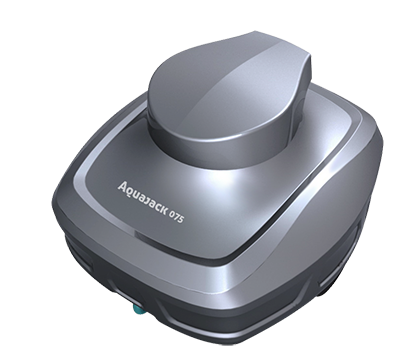
6. User Reviews: The Good, Bad, and Ugly
LiDAR Lovers
"Worth every penny! Cleans around my fountain perfectly." – Linda, Texas (Dolphin Triton PS)
"Map updates saved me after I added a tanning ledge." – Raj, Dubai (Aiper Orbit)
Gyroscopic Fans
"Does the job without the fancy price tag." – Mike, Ohio (Polaris F9550)
"Battery lasts forever, but it hates my pool noodles." – Sofia, Spain (Hayward RC9740)
7. Maintenance & Longevity
|
Aspect |
LiDAR Systems |
Gyroscopic Systems |
|
Lens Cleaning |
Weekly (soft cloth + alcohol wipe) |
N/A |
|
Sensor Checks |
Monthly calibration |
Annual gyro recalibration |
|
Avg. Lifespan |
4–5 years |
6–8 years |
|
Repair Cost |
High (e.g., $200+ for LiDAR module) |
Low (e.g., $50 for gyro sensor) |
FAQ
1. Can LiDAR work in saltwater pools?
Yes, but salt residue requires weekly lens cleaning.
2. Do gyroscopic cleaners handle slopes?
Most climb up to 45° inclines (e.g., Polaris F9550).
3. Which is better for algae?
Neither—suction power and brushes matter more.
4. Can I retrofit my old cleaner with LiDAR?
No—navigation systems are hardware-dependent.
Final Verdict
The LiDAR vs. Gyroscopic battle isn’t about "better" but "better for you." For tech enthusiasts with intricate pools, LiDAR’s precision justifies its premium. For no-fuss owners of simple pools, gyroscopic systems deliver reliability at half the cost. As hybrid tech emerges, 2025 might finally end this rivalry—but for now, choose with your pool’s personality in mind.

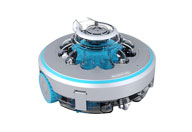 Robotic Pool Cleaner
Robotic Pool Cleaner 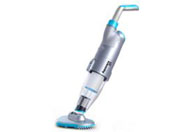 Portable Pool Vacuum Cleaner
Portable Pool Vacuum Cleaner 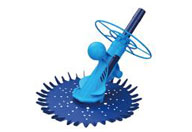 Automatic Pool Cleaner
Automatic Pool Cleaner 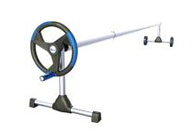 Pool Cover Reel
Pool Cover Reel 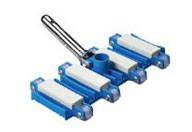 Pool Cleaning Accessories
Pool Cleaning Accessories 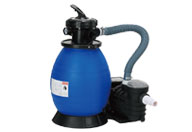 Pool Filter Pump
Pool Filter Pump 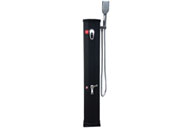 Pool Solar Shower
Pool Solar Shower 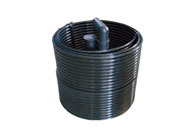 Pool Solar Collector
Pool Solar Collector 

